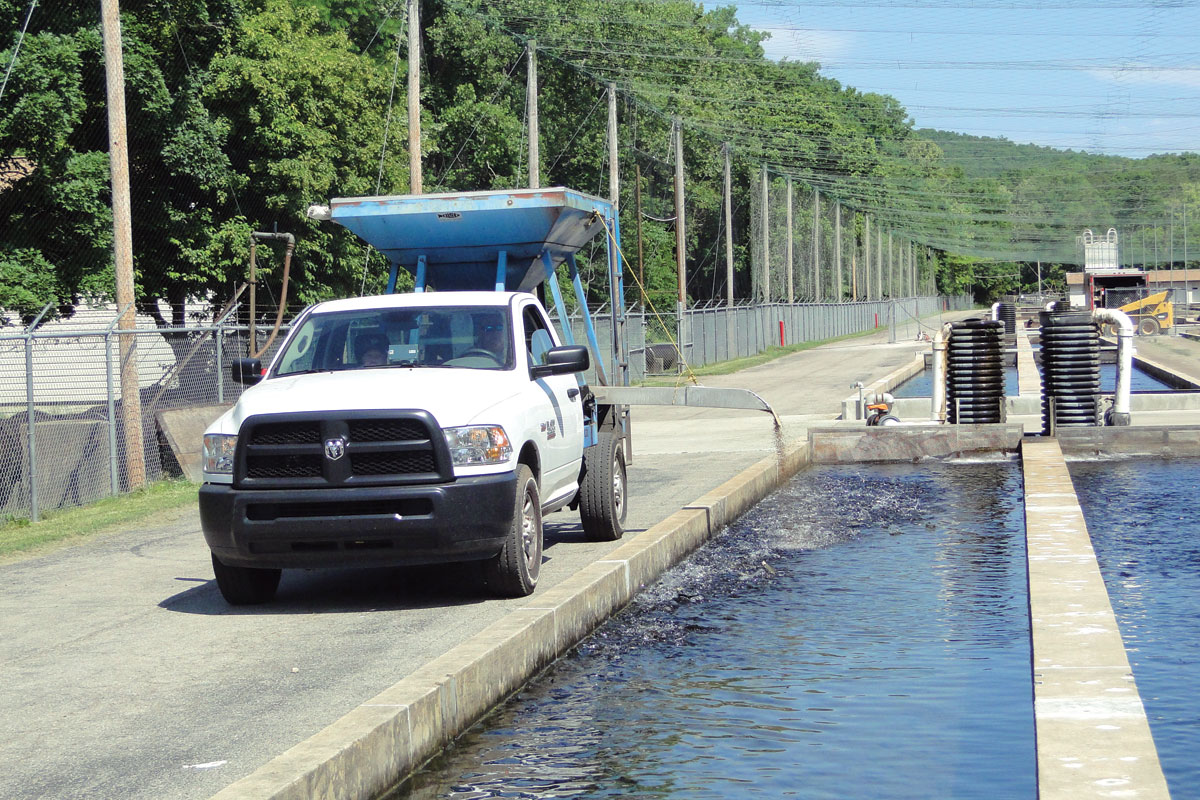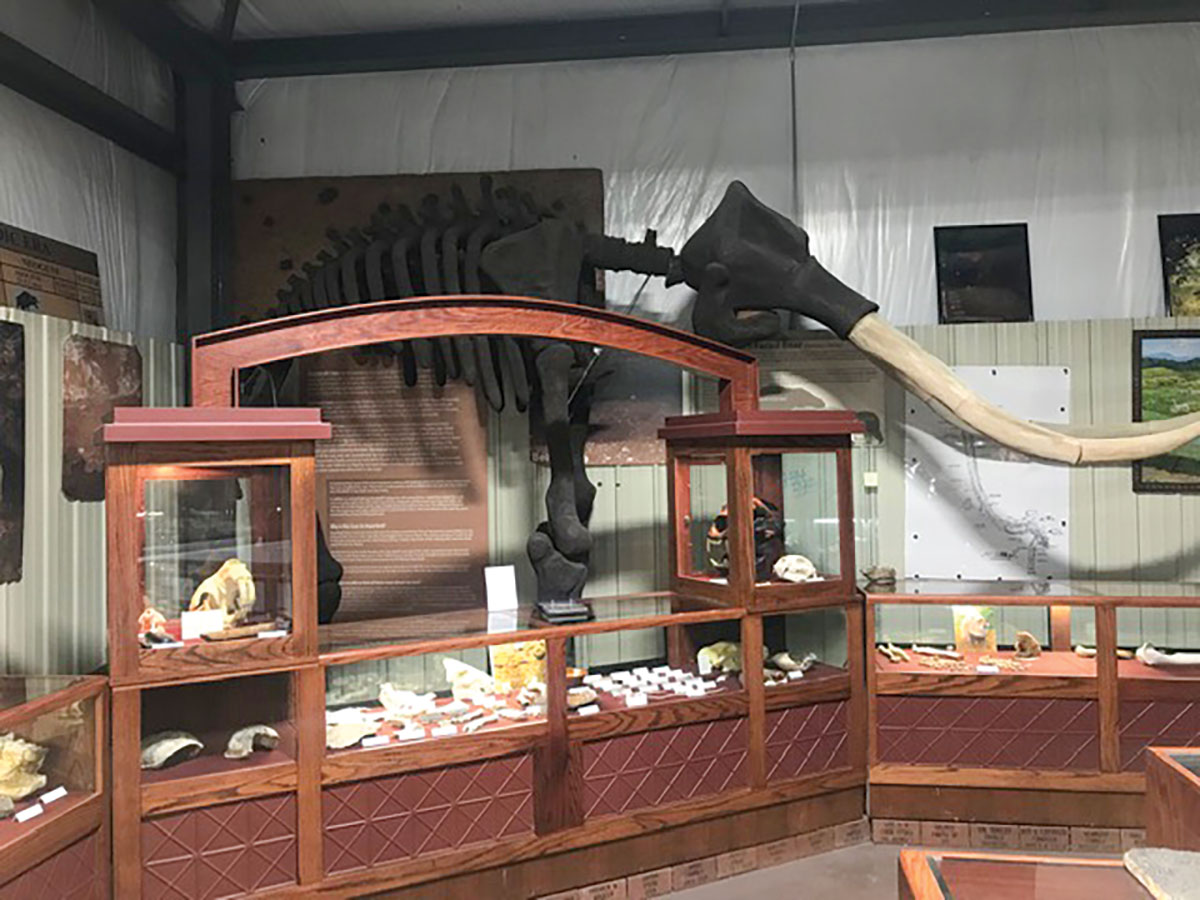
Mountain Home, Ark., is home to a thriving trout hatchery
In 2002, country singer Brad Paisley released a song about a man choosing fishing over a woman. Part of the chorus is, “Yeah, I’m going to miss her. Oh, lookie there, I’ve got a bite.”
In fact, people have been fishing with hooks for 40,000 years. Not surprisingly, those first hooks have evolved into an entire sophisticated sport fishing industry. The United States government responding early on in 1871 by making the U.S. Commission of Fish and Fisheries the first arm of the government concerned with natural resources. Among its first activities was a study of herring in Maine and the fertilization of salmon eggs at the Baird Station on the McCloud River in northern California.
As of 2016, the federal government has 72 fish hatcheries and released and transferred almost 250 million juveniles, adults and eggs in 47 states. Water falls into three temperature categories with each providing habitat for different species of fish. Water temperature data is used for fish management including selecting locations for hatcheries which specialize in fish needed in the local environment and similar locales throughout the country. Warm water fish species include catfish and largemouth bass while cool water is best for species such as northern pike and yellow perch with cold water promoting species such as trout and salmon.
Arkansas entered the picture in 1928 with the development of the Arkansas Game and Fish Commission when it purchased 267 acres of farmland on the Arkansas Grand Prairie from local rice farmers for $18,000. The site was selected because of clay soils and a shallow water table, ideal for pond construction. Arkansas then proceeded to not only develop hatcheries but also more than 30 Game and Fish Commission lakes throughout the state.
The sport fishing industry grew and, in 1955, the Norfork National Fish Hatchery was established outside of Mountain Home, Ark., to counteract dam construction impact on the upper White River which replaced a warm water habitat with a cold one. The primary purpose of the hatchery is the production of rainbow, cutthroat and brown trout to restock local tail waters in addition to distributing their trout throughout Arkansas and other nearby states with annual production typically at 1.6 million or 450,000 to 500,000 pounds of fish.
The site was selected because of its proximity to the Norfork reservoir.
Project leader Jon Casey explained, “When the warm water habitat was eliminated, the U.S. Fish and Wildlife Service developed this hatchery with specific production goals to promote quality cold water fishing for anglers. Hatcheries’ support maintains the quality of our sport fishing, and we specialize in trout.”
The hatchery contains 96 raceways or long troughs to hold fish at various stages of development. The raceways are 80-feet wide and 100-feet long with a water depth of 2 feet. Water for the hatchery comes from the Norfork reservoir with two intakes, one of which is multilevel with the purpose of drawing water from three levels in order to supply water for maintaining appropriate temperature in the tanks and raceways.
The fish development process begins when the hatchery receives fertilized eggs from other hatcheries specializing in egg production. After arrival, the eggs are placed into large hatching jars and will begin hatching typically in 10 days to three weeks, depending upon water temperatures and the age of the eggs. The hatchlings are placed in aluminum troughs for three to four months. Once it has been determined that the fry are feeding well, they are moved from the troughs to the tanks and left there until they are 2 to 3 inches long. At that point they are mature enough to be placed outside in the raceways until they reach stock size, which varies according to the species.
While the main purpose of the hatchery is raising trout for release, the hatchery also serves as an education and promotional center.
“People understand by seeing, and seeing the raceways teeming with different varieties of trout is the best way for the public to begin to understand the critical role we play in their fishing enjoyment,” Jon said. “The area is beautiful with opportunities to fish streams, rivers and lakes. The variety of fishing locations allows anglers opportunities for warm, cool, and cold water species.”
In general, rivers predominantly support cold water species and lakes warm water species. However, both lakes and rivers have cool water in various locations so that those species are also available to anglers.
Finally, the hatchery has two annual events for the public. The first is the Kids Fishing Derby in June, followed by the Hatchery Outdoor Adventure in September. The September event features activity booths prepared by local organizations and clubs. Examples are the Boy Scouts whose booth activity last year was tying knots, the Girl Scouts whose booth contained a wall for youngsters to throw a line over to receive a bag of candy and Home Depot, which developed craft kits for building projects such as tool or bug boxes. The hatchery also has a catch and release creek where children 15 and under can fish with special permits available for handicapped individuals and prearranged trips for groups such as Wounded Warriors or cancer survivors.
“This is a wonderful place to work. I help the environment while educating and providing entertaining opportunities for the public,” said Jon.






